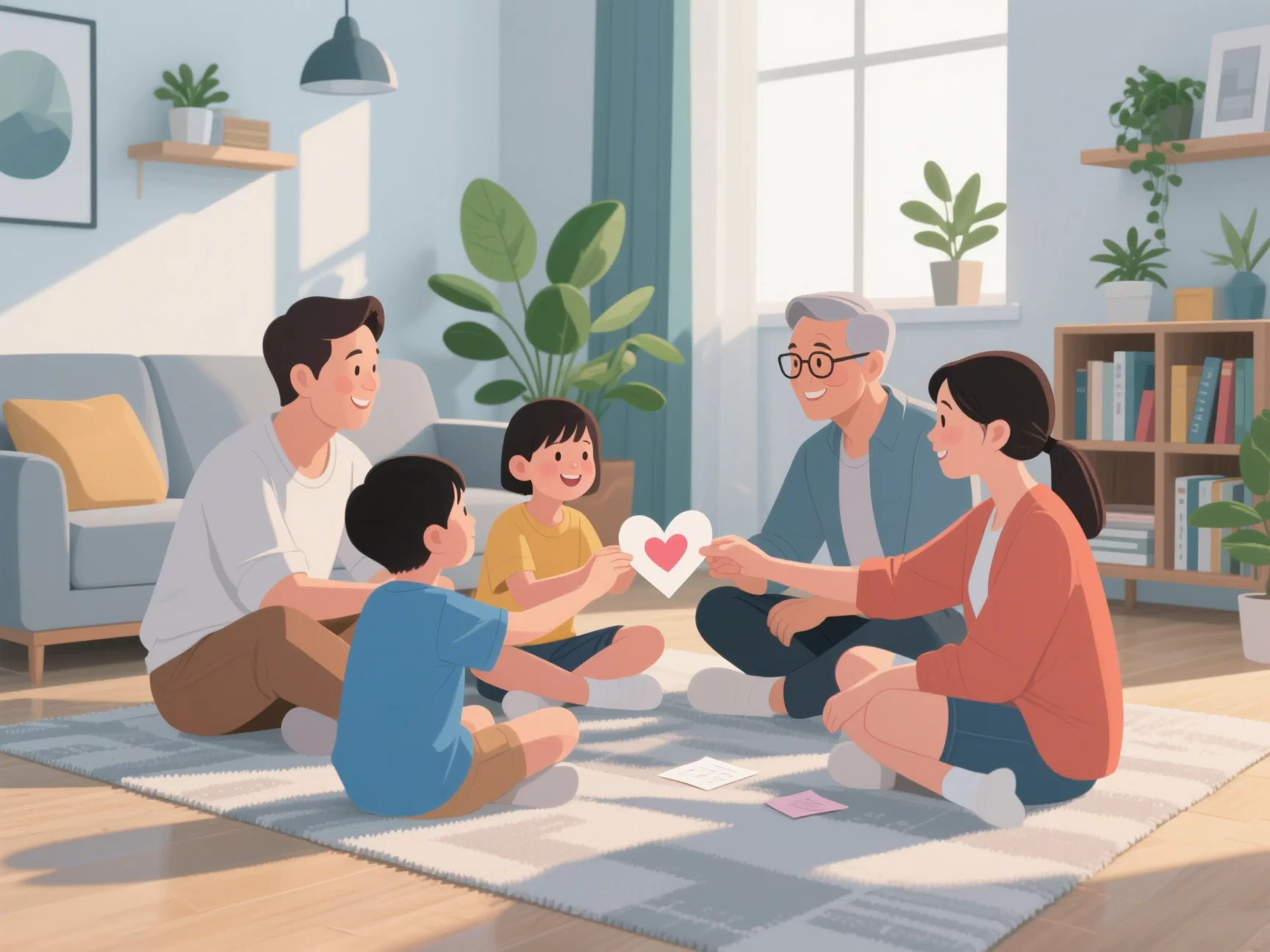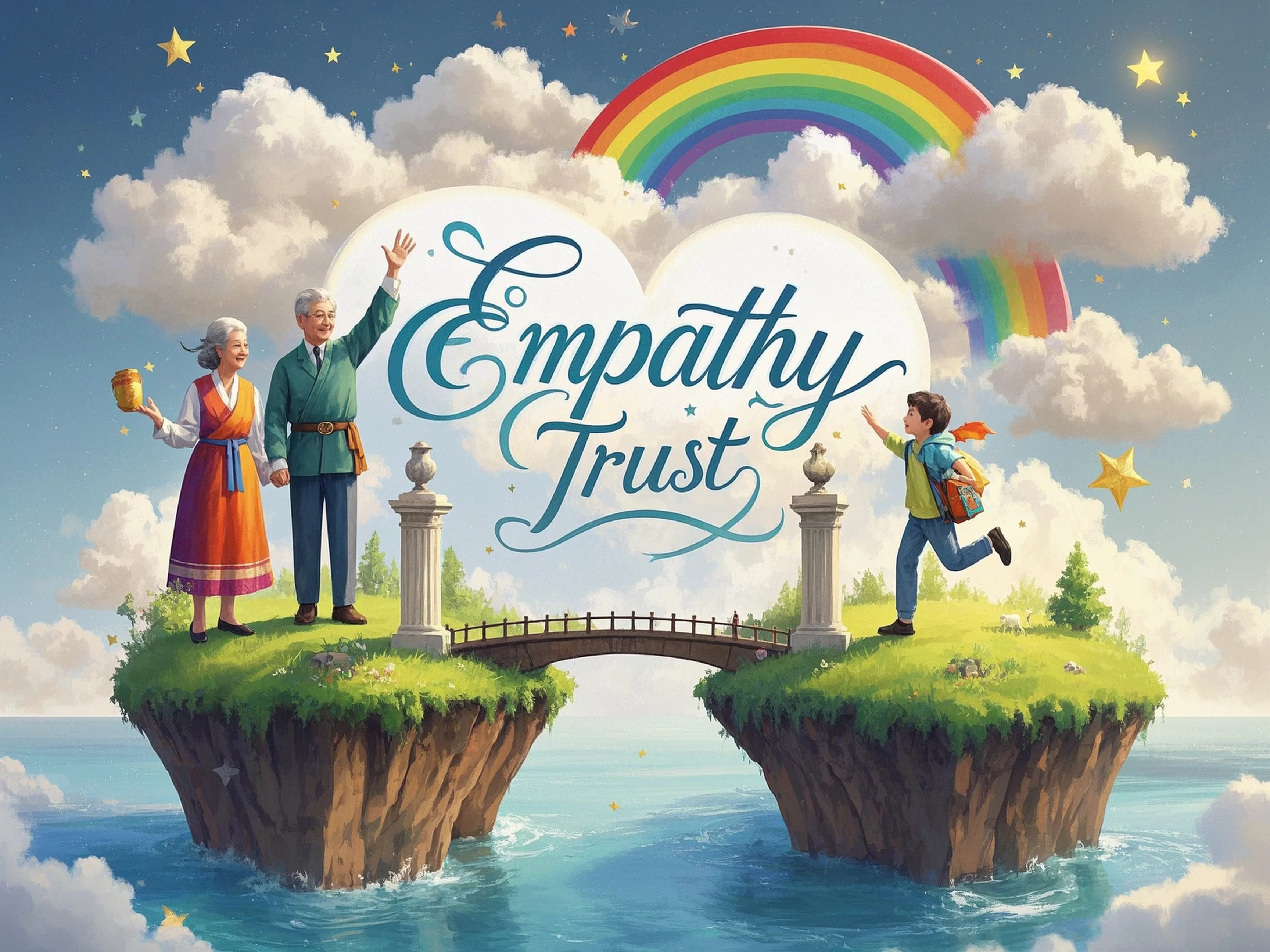Communication is the heartbeat of any healthy relationship. In family dynamics, where emotions run deep and histories are shared, effective communication can be the difference between conflict and connection. Whether you’re a therapist guiding clients or a family seeking harmony, communication exercises for family therapy offer structured and healing pathways to better understanding.

This guide explores 12 practical, therapist-approved exercises that empower families to express themselves, listen actively, and resolve conflict with empathy. From playful games to reflective practices, these tools help rebuild trust and deepen relationships.
Why Communication is the Foundation of Healthy Families
Healthy communication in families doesn’t just mean talking more—it means talking better. When families learn how to express needs, listen without judgment, and respond with empathy, they unlock new levels of connection.
Benefits of strong family communication include:
- Improved emotional regulation
- Stronger bonds between members
- Reduced tension and fewer arguments
- Greater resilience during life transitions
By incorporating communication exercises into therapy, families can address both surface-level issues and deeper emotional wounds in a safe, guided environment.
What Makes a Good Communication Exercise in Therapy?
Not all exercises are created equal. A good communication exercise in family therapy should:
- Be age-appropriate and inclusive for all members
- Encourage safe and honest expression
- Foster active listening and empathy
- Be adaptable for individual or group sessions
- Promote reflection and emotional awareness
The following exercises are designed with these principles in mind, offering options for a wide variety of family dynamics.
Guided Exercises to Strengthen Family Communication
1. The Feelings Wheel Game
This activity helps family members name and understand their emotions. Using a printable “Feelings Wheel,” each person selects a feeling and shares a moment they experienced it. This enhances emotional literacy and normalizes vulnerability.

2. Active Listening Rounds
In this turn-based activity, one person speaks while the other listens and then summarizes what they heard. This builds validation and ensures everyone feels heard.
3. The “I” Statement Practice
Instead of saying, “You never help out,” family members learn to say, “I feel overwhelmed when I’m the only one cleaning.” This reduces blame and invites dialogue.
4. Mirroring Technique
One person shares a thought, and the other mirrors it back—word-for-word or in summary—before responding. It’s a powerful tool for enhancing empathy and clarity.
5. Story Exchange
Each member tells a personal story while others listen quietly. Listeners then share how the story made them feel or what it reminded them of. This builds emotional resonance.
Creative Communication Activities for Families

6. Draw Your Emotions
Each person draws how they feel instead of saying it. This is especially effective with children or those who struggle with verbal expression.
7. Emotion Charades
Like traditional charades, but the goal is to act out emotions like “frustrated” or “excited.” It lightens the mood and promotes emotional awareness.
8. Communication Jenga
Write questions or prompts on each block (e.g., “Share a time you felt proud of someone in the family”). As each block is pulled, a conversation begins.
9. The Compliment Circle
Everyone sits in a circle and shares one compliment for the person next to them. This boosts morale and reinforces appreciation.
Exercises for Conflict Resolution in Family Therapy
10. Role Reversal
Family members swap roles to express a situation from the other’s perspective. For example, a parent might pretend to be their teenager, and vice versa. It’s eye-opening and builds compassion.

11. Time-Out and Talk
When tensions rise, this strategy teaches family members to take a short break and come back to the conversation with calmer minds.
12. The Family Contract
Families co-create a list of agreed-upon values, expectations, and boundaries. Everyone signs it, reinforcing a sense of unity and shared responsibility.
How to Introduce These Exercises in Therapy Sessions
For therapists, introducing these activities requires sensitivity and timing:
- Start with a brief check-in and ask permission before suggesting an exercise.
- Explain the purpose behind each activity.
- Debrief afterward—ask what worked, what felt uncomfortable, and what was learned.
Clients are more likely to engage when they feel safe and understand the goal.
When to Use Communication Exercises (and When Not To)
These exercises are helpful:
- At the beginning of sessions to break the ice
- During conflict resolution work
- When building emotional intelligence
Avoid using them:
- When emotions are too intense to manage safely
- Without proper context or explanation
- If they feel forced or unnatural to the family
The key is to stay responsive and intuitive as a therapist or facilitator.
Tips for Making These Exercises More Effective
- Model vulnerability. Therapists or parents should lead by example.
- Be consistent. Regular practice enhances long-term benefits.
- Keep it fun. Playful approaches reduce resistance.
- Follow up. Ask reflection questions after each activity.
These strategies help embed communication skills into everyday family life.
Conclusion

Communication is the bridge that connects hearts and minds in a family. Through structured exercises, playful activities, and mindful reflection, families can learn to navigate even the toughest conversations with grace and empathy.
By practicing these 12 communication exercises for family therapy, you’re not just solving problems—you’re strengthening the foundation of love, respect, and understanding that holds your family together.
FAQs
1. Are these exercises suitable for all age groups?
Yes, most can be adapted for young children, teens, and adults. Always modify to suit maturity levels.
2. Can families do these exercises at home without a therapist?
Absolutely. Many of these are self-guided and work well outside therapy sessions.
3. How often should we do these activities?
Start with once a week and adjust based on your family’s needs.
4. What if someone refuses to participate?
That’s okay. Don’t force it—try another exercise or revisit it later when they’re more comfortable.
5. Do these exercises really help with conflict?
Yes. They create a structure for healthy dialogue and reduce reactive communication patterns.
6. Can these be used in group therapy settings too?
Definitely. Many of these work beautifully in extended family or group therapy formats.
